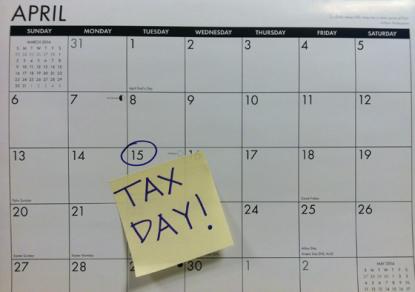Encouraging Low- and Moderate-Income Tax Filers to Save
Implementation and Interim Impact Findings from the SaveUSA Evaluation

SaveUSA, a voluntary program launched in 2011 in four cities (New York City, Tulsa, San Antonio, and Newark), encourages low- and moderate-income individuals to set aside money from their tax refund for savings. Tax filers at participating Volunteer Income Tax Assistance (VITA) sites can directly deposit all or a portion of their tax refund into a special savings account, set up by a bank or credit union, and pledge to save between $200 and $1,000 of their deposit for about a year. Money can be withdrawn from SaveUSA accounts at any time and for any purpose, but only those who maintain their initially pledged savings amount throughout a full year receive a 50 percent match on that amount. Account holders, irrespective of match receipt, can deposit tax refund dollars in subsequent years and become eligible to receive additional savings matches on their new tax refund deposits.
This report presents findings on SaveUSA’s implementation in all four cities and its early effects on savings and other financial outcomes in two cities: New York City and Tulsa. In these latter cities, a randomly selected half of the tax filers who were interested in SaveUSA in 2011 could open accounts (the “SaveUSA group”), but the other half could not (the control group). The report compares the savings and other financial behaviors of the two groups over time to estimate SaveUSA’s effects. The findings thus suggest the effects that savings policies structured similarly to SaveUSA might have.
SaveUSA’s operation and evaluation are funded through the federal Social Innovation Fund (SIF), a public/private partnership administered by the Corporation for National and Community Service. This particular SIF project is led by the Mayor’s Fund to Advance New York City and the NYC Center for Economic Opportunity (CEO) in collaboration with MDRC. Matching funds required by the SIF were provided by several foundations and organizations. CEO, with the New York City Department of Consumer Affairs Office of Financial Empowerment (OFE), which conceived and launched an early version of the model, leads SaveUSA operations; MDRC is conducting the program’s evaluation.
Key Findings
- SaveUSA was implemented successfully in all four cities. During the first program year, individuals in the SaveUSA group directly deposited an average of $506 of their tax refunds into SaveUSA accounts.
- About two-thirds of those in the SaveUSA group saved for about a year and received a first savings match, which averaged $291 among those who received it. About two-fifths of the SaveUSA group pledged to save part of their tax refund again in the program’s second year.
- At the 18-month follow-up point, SaveUSA had increased the percentage of individuals with any short-term savings (by 7 percentage points) and increased the total amount of savings individuals held on average (by $512), compared with what they would have saved without the program. The program also had increased the proportion of those who expressed a continued commitment to save.
- No effects were found on individuals’ amount of debt, material hardship, or other aspects of financial security over the 18-month follow-up period.
A subsequent report in late 2015 will examine SaveUSA’s effects over 36 to 42 months and will present a much more complete assessment of whether SaveUSA can sustain savings and improve individuals’ overall financial well-being.






